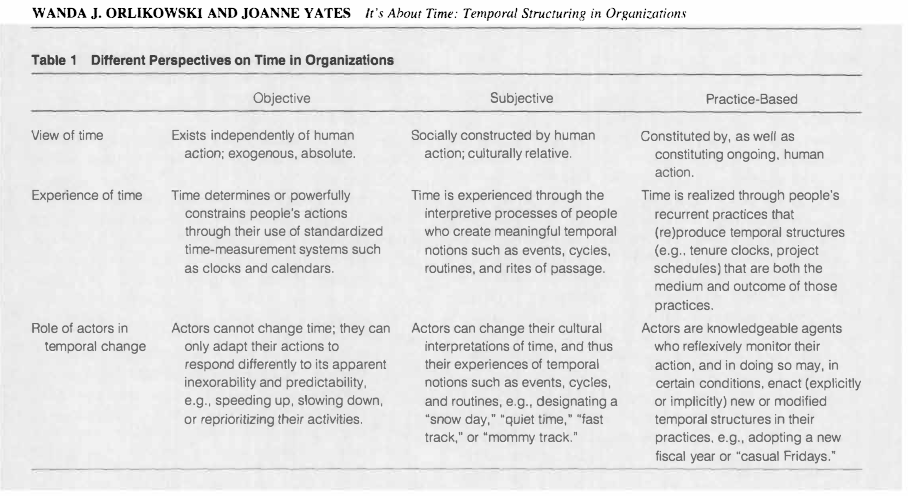eople prefer to know who else is present in a shared space, and they usethis awareness to guide their work
Awareness, disclosure, and privacy concerns are key cognitive/perception needs to integrate into technologies. Social media and CMCs struggle with this knife edge a lot.
It's also seems to be a big factor in SBTF social coordination that leads to over-compensating and pluritemporal loading of interactions between volunteers.
